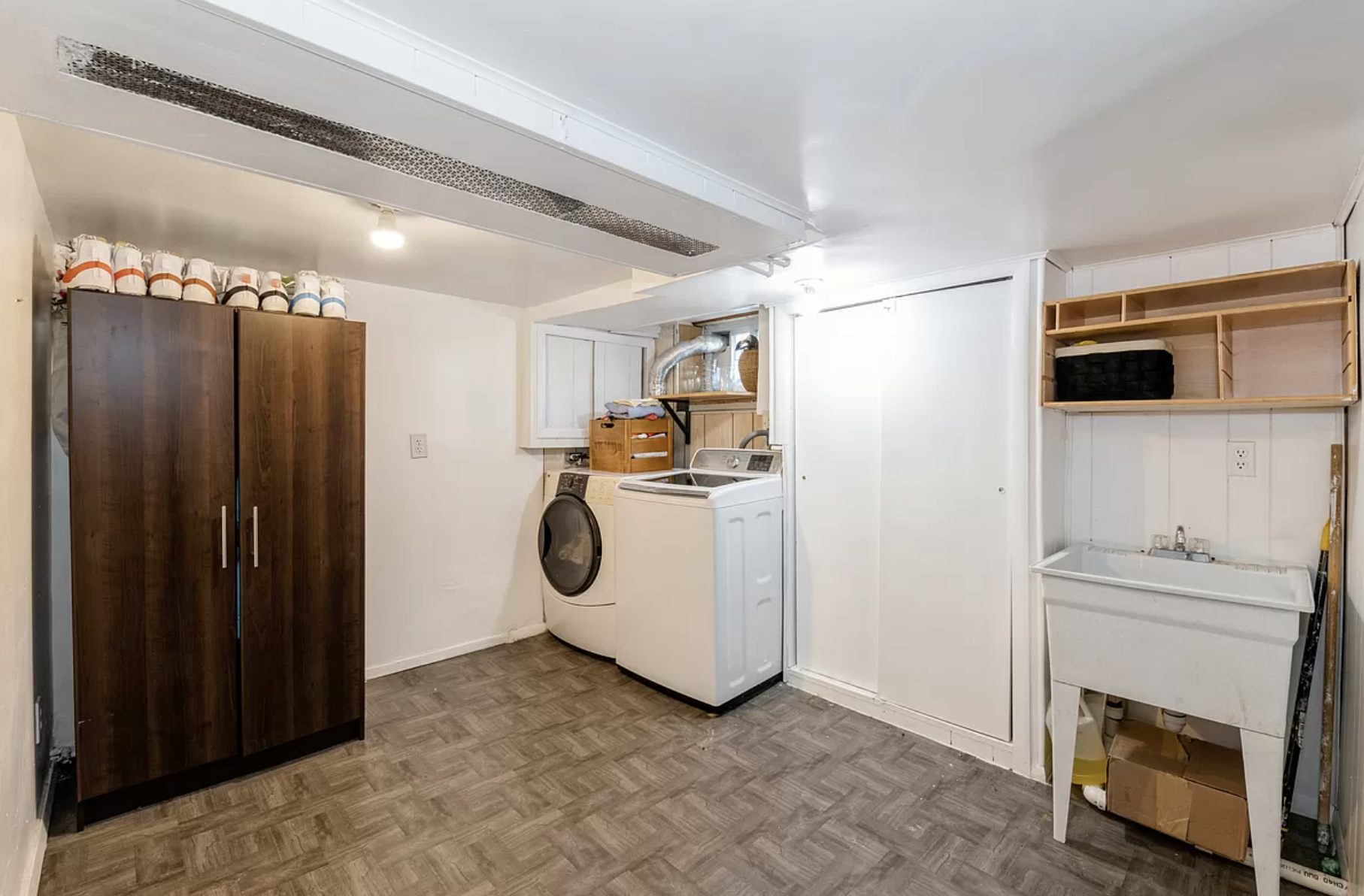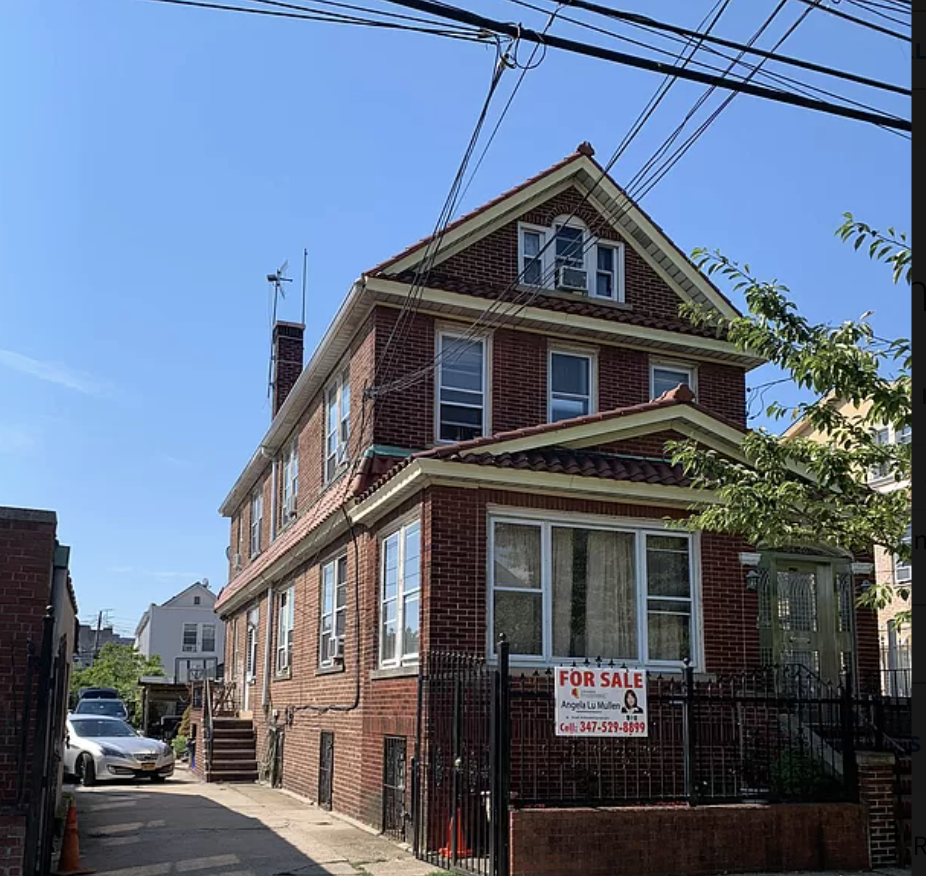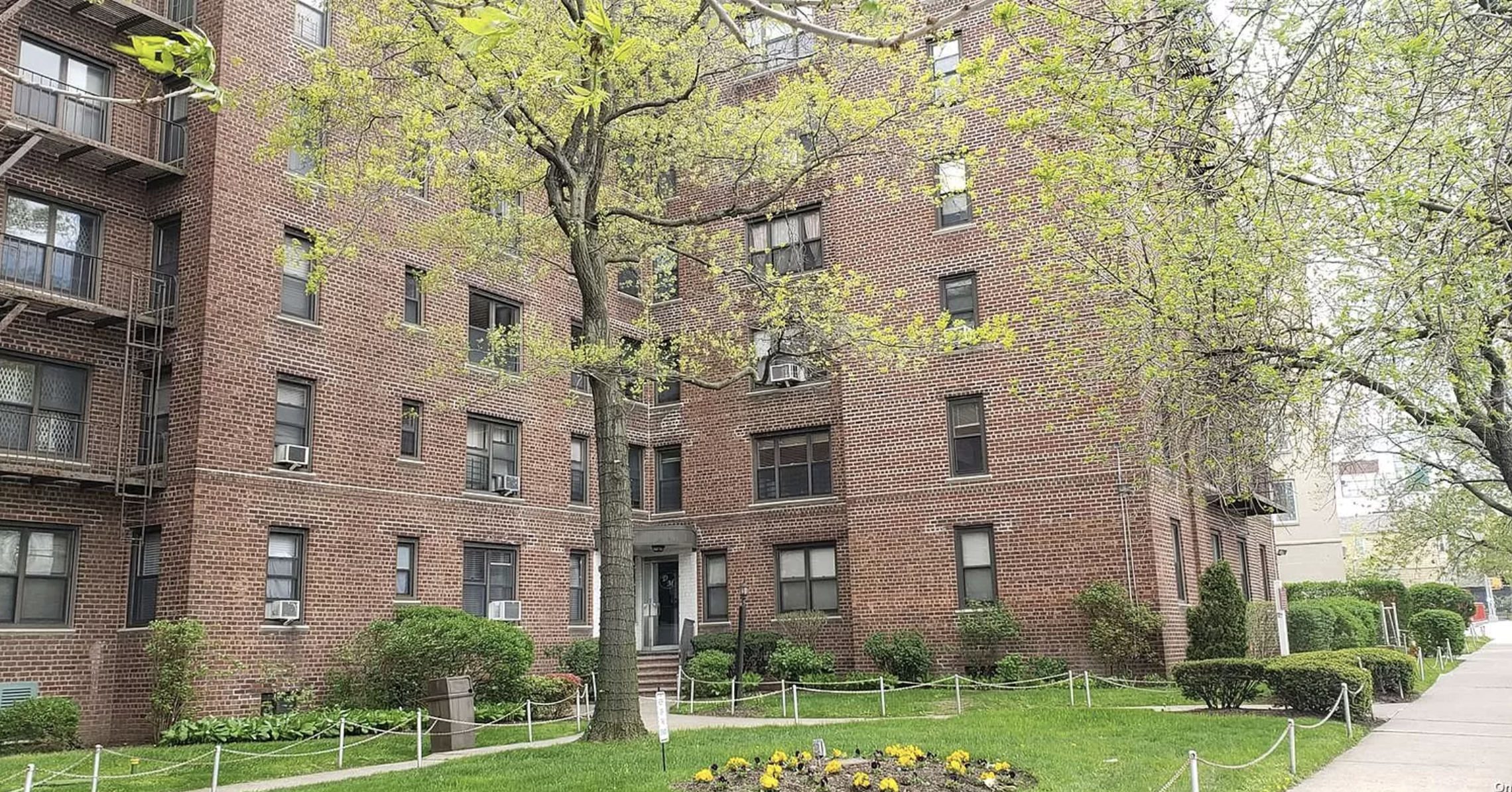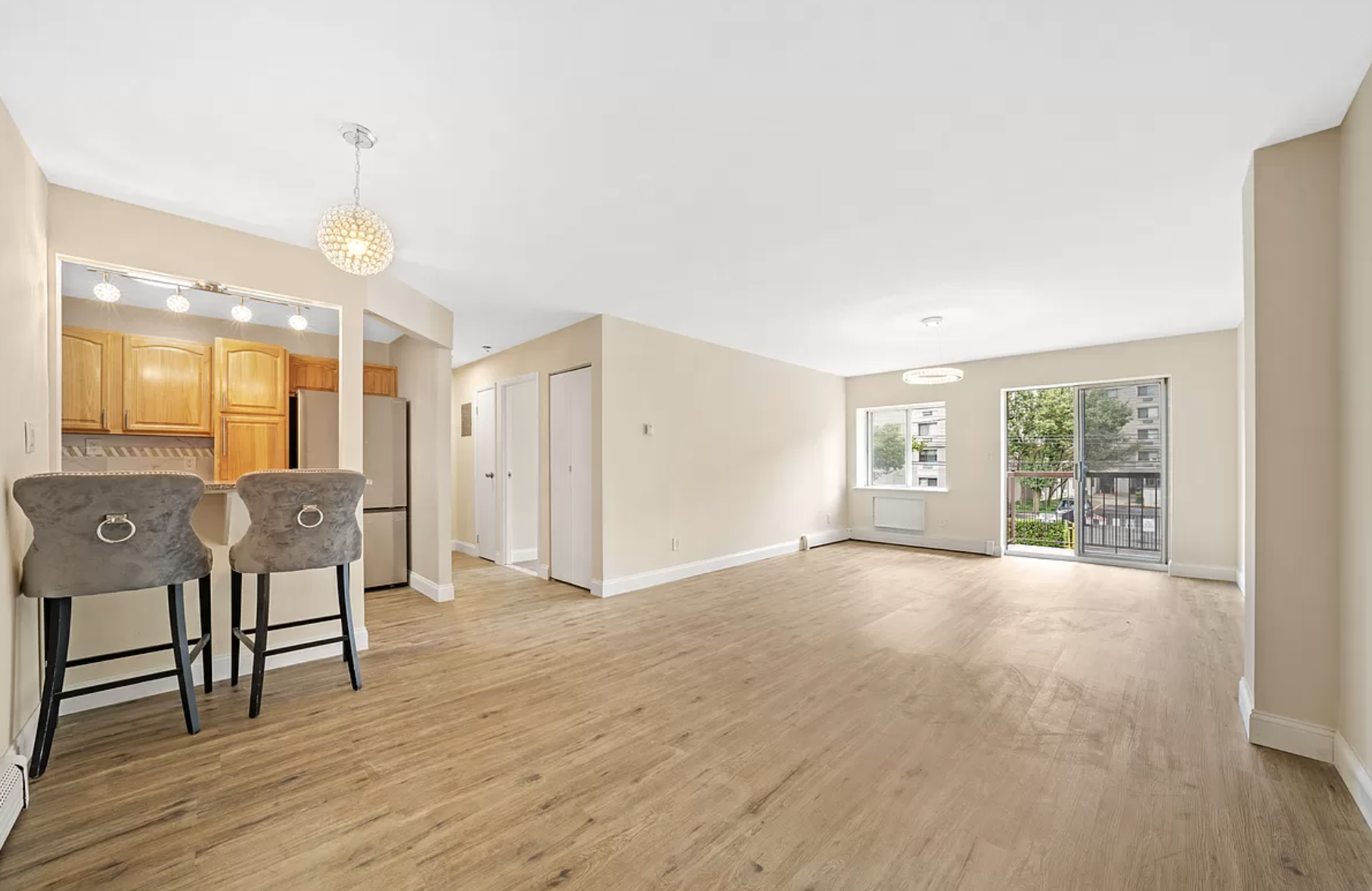What to know about buying in Corona, Queens, where single-family houses prevail and Flushing Meadows Park is your backyard

Located across from Flushing Meadows, this seven-bedroom, three-bath house has a walkout basement leading to a backyard. It is asking $1.188 million.
The eastern Queens community of Corona, where Louis Comfort Tiffany had his glass factory, jazz great Louis Armstrong made his home, and the Lemon Ice King still holds court, is a diverse residential area that appeals to those who want to get away from the lines, the rush, and the noise of the big city. The community, which attracts families and young professionals, is laid-back and friendly.
In this week’s Buy Curious, Adrian Cardona, an associate broker with Keller Williams Landmark II Realty, and Anthony Johnson-Freeman, an agent with Keller Williams Realty Liberty, give us the inside story on Corona.
The question:
I’ve heard that I can save money if I move to Corona. Is that true?
The reality:
“When you compare it to Rego Park, Elmhurst, Jackson Heights, Flushing, and Kew Gardens, it’s the most affordable,” says Cardona.
Where is it?
Corona is bordered by East Elmhurst on the north, Forest Hills and Rego Park on the south, Jackson Heights on the west, and Flushing and Flushing Meadows-Corona Park on the east.
Why would NYers want to move to Corona?
The neighborhood is particularly attractive to those who want to escape the hustle and bustle of Manhattan, Cardona says. “People who come here want a more peaceful feel, where there’s greenery, and you can raise a family.”
It has an upbeat vibe. “There’s always music playing; if it’s not coming from a car, it’s coming out of a place of business nearby. The people are friendly, and there are always people around so there’s no time to feel like you are alone in the streets of Queens," Johnson-Freeman says.
Where in Corona should you live?
Although still mainly residential, North Corona, which is north of Roosevelt Avenue, also includes small mom-and-pop retail stores and restaurants. Its houses are typically larger than those in the rest of the community.
What are housing and pricing like?
The community is comprised mainly of single-family houses, which are about a century old and in traditional Colonial and Victorian styles, for example.
There are 84 single-family houses, condos, and co-ops on the market in Corona, according to StreetEasy, and while prices have gone up, and it’s still a seller’s market, things seem to be cooling down, Cardona says.
“We were having multiple bids, but not now,” he says. “And I’m getting inquiries from serious buyers, not people just shopping around.”
He notes that houses that are priced appropriately and have sought-after amenities such as new kitchens or outdoor spaces move in about 35 days. The others may linger for 90 to 120 days, he adds.
According to Cardona, single-family houses of 1,300 to 1,600 square feet generally sell for $870,000 to $880,000, while two families command $900,000 to $1.3 million.
Condos are the second-most prevalent housing option. One-bedroom units that are 500 square feet typically are $350,000 to $375,000. Co-ops, which are in older buildings and not as popular, generally are $100,000 less.
“Corona has fewer condos than Flushing and Elmhurst,” Cardona says, “but they are cheaper. The condos are newer and are in boutique buildings that have the same amenities, such as balconies and washers and dryers, as high rises.”
There are no apartment buildings, but owners sometimes sublet condos and co-ops. Rentals usually are in two-family houses. One-bedroom apartments rent for $1,800 to $2,100.
There is not a lot of new development in the area.
What’s the transportation situation?
The No. 7 subway line serves the community. So do the Q23, Q38, Q48, Q58, Q66, Q72, and Q88 bus lines.
“The No. 7 line is in North Corona on the border with Jackson Heights,” Cardona says, adding that residents typically take a bus to reach it.
What is there to do?
The so-called Answer Triangle, at the intersection of Aske Street and Roosevelt Avenue, is Corona’s most famous asset. The city plaza, which has restaurants, is part of William F. Moore Park.
“You see every generation at the Triangle from four year olds playing in the park to 85-year-olds playing bocce ball," Cardona says. "It’s a great place to get a cup of coffee and sit on a park bench.”
Flushing Meadows-Corona Park, the site of two 20th-century World’s Fairs, is the community’s main amenity. It includes the Queens Museum, Queens Zoo, New York Hall of Science, and USTA Billie Jean King National Tennis Center. There are also hiking/biking trails, football/soccer/baseball fields, basketball courts, playgrounds, tennis courts, and paddle boat rentals.
Citi Field, the Mets stadium, is technically in Willets Point, but Corona residents claim it as their own.
The Louis Armstrong House Museum, where the jazz legend and his wife, Lucille Wilson, lived from 1943 until his death in 1971, is in North Corona.
What’s the restaurant/nightlife situation?
“Corona has great restaurants, and they are budget-friendly," Johnson-Freeman says. “The Spanish food is so authentic.”
The Lemon Ice King of Corona, which has been selling Italian ices for over six decades, Park Side, the 30-year-old Italian landmark where waiters wear tuxedos, and the Colombian restaurant El Paraiso are among the more popular options.
Other eateries include Nutripan Bakery & Restaurant, the Argentinian steakhouse and butcher El Gauchito, and the Italian restaurant Il Triangolo, which is famous for its homemade pasta and oven-baked pizza pies.
How about grocery stores?
Food Bazaar and Great Wall Supermarket are the main options. “To be honest, the supermarket selection is not the greatest,” Cardona says. “The small groceries predominate.”
Check out these listings in Corona.

108-58 52nd Ave.
Listed for $1.188 million, this two-story, two-family house is across from Flushing Meadows Corona Park. The house, built in 1930, has seven bedrooms, three baths, a backyard, a walk-in basement, and a garage-style shed for storage.

104-60 46th Ave.
This two-family brick house, which dates to 1925, has two stories, seven bedrooms, three baths, and a parking space. It’s on a 50-by-100-foot lot and is listed for $1.95 million. The listing diplomatically notes that it’s “good for builder.”

112-24 Northern Blvd., #1H
Listed for $160,000, this two-bedroom, one-bath co-op is on the first floor of the Dorie Miller complex. It has hardwood floors and a living room/dining room combination. The six-story complex, which was built in 1953, has 301 units.

54-41 101st St., #2B3
This one-bedroom, one-bath 650-square-foot condo, listed for $348,888, was recently renovated. The unit has an open kitchen with an island, new kitchen appliances, new flooring, a washer and dryer, and a balcony. The three-story building, which dates to 1990, has 14 units and a bike-storage room.
Nancy A. Ruhling is a freelance writer based in New York City.
You Might Also Like



























